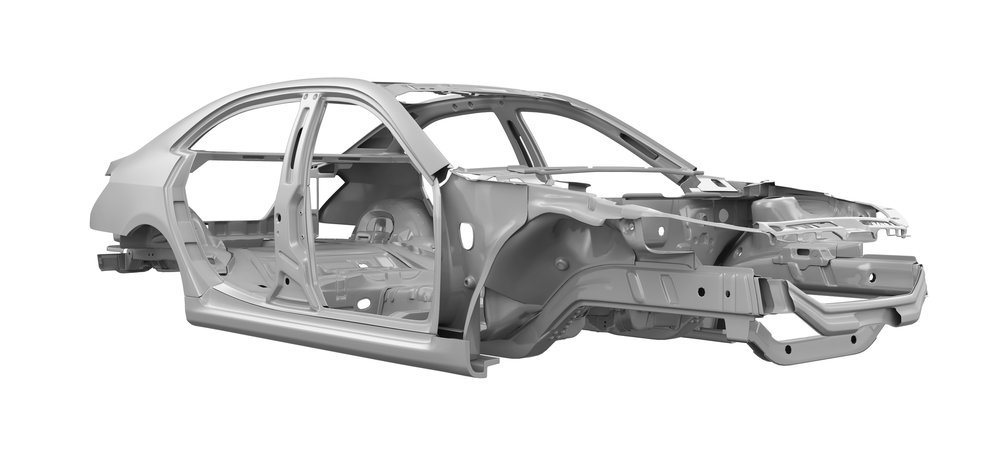Characteristics of magnesium alloy and aluminum alloy
What is the advantage of magnesium alloy and aluminum alloy?
Magnesium Alloy
Magnesium alloys are alloys based on magnesium and added with other elements. Its characteristics are: low density (about 1.8g/cm3 magnesium alloy), high strength, large elastic modulus, good heat dissipation, good shock absorption, greater impact load capacity than aluminum alloy, and good resistance to organics and alkali corrosion.
The main alloying elements are aluminum, zinc, manganese, cerium, thorium, and a small amount of zirconium or cadmium. Currently the most widely used is magnesium aluminum alloy, followed by magnesium manganese alloy and magnesium zinc zirconium alloy.
Mainly used in aviation, aerospace, transportation, chemical, rocket and other industrial sectors. It is the lightest metal among practical metals. The specific gravity of magnesium is about 2/3 of that of aluminum and 1/4 of that of iron. It is the lightest metal among practical metals, with high strength and high rigidity.
Magnesium alloy has an absolute advantage in heat dissipation relative to alloys. For radiators of the same volume and shape of magnesium alloy and aluminum alloy, the heat (temperature) produced by a certain heat source is easier to transfer from the root of the heat sink than aluminum alloy. The speed to the top makes it easier for the top to reach high temperatures.
That is, the temperature difference between the root and top of the radiator made of aluminum alloy material is smaller than that of the radiator made of magnesium alloy material. This means that the temperature difference between the air temperature at the root of the heat sink made of magnesium alloy and the air temperature at the top is larger than that of the heat sink made of aluminum alloy.
Therefore, the diffusion and convection of the air inside the radiator are accelerated, and the heat dissipation efficiency is improved. Therefore, at the same temperature, the heat dissipation time of magnesium alloy is not half that of aluminum alloy.
Aluminum alloy
Aluminum alloy is the most widely used non-ferrous metal structural material in industry. And it has been widely used in aviation, aerospace, automobile, machinery manufacturing, shipbuilding and chemical industries.
With the rapid development of industrial economy, the demand for aluminum alloy welded structural parts is increasing. And the weldability of aluminum alloy is also studied in depth. At present, aluminum alloy is the most used alloy.
Aluminum alloy has low density but relatively high strength, which is close to or exceeds that of high-quality steel. It has good plasticity and can be processed into various profiles. It has excellent electrical conductivity, thermal conductivity and corrosion resistance. It is widely used in industry and its usage is second only to steel. .
Some aluminum alloys can be heat treated to obtain good mechanical properties, physical properties and corrosion resistance. Hard aluminum alloys belong to the AI-Cu-Mg series, and generally contain a small amount of Mn. Which can be strengthened by heat treatment. It is characterized by high hardness, but poor plasticity.
Super-hard aluminum belongs to the Al-Cu-Mg-Zn series, which can be strengthened by heat treatment. It is the highest strength aluminum alloy at room temperature, but it has poor corrosion resistance and fast softening at high temperature.
Wrought aluminum alloy is mainly Al-Zn-Mg-Si alloy. Although there are many kinds of added elements, but the content is small. It has excellent thermoplasticity and is suitable for forging, so it is also called forged aluminum alloy.
The difference between magnesium alloy and aluminum alloy
- The tensile strength is different. The strength of the frame made of magnesium alloy material of the same volume is not as strong as that of aluminum alloy. To achieve the strength of the frame, the material thickness and tube length must be increased. Therefore, comparing magnesium alloy with aluminum alloy in terms of weight, there is no advantage.
- The fatigue strength is different. The durability of a frame made of magnesium alloy material of the same volume is worse than that of an aluminum alloy frame. It is also a fatal shortcoming of magnesium alloy.
As the number of rides increases, the number of stress occurrences increases, and the strength will be significantly reduced. Even the life of the frame does not exceed 2-3 years. Therefore, professional riders rarely use magnesium alloy frames. If they are used in competitions, It is also calculated that the mileage is replaced in the form of discarding.
- The oxidation of metals is different. The periodic table clearly shows that magnesium alloys are more likely to be oxidized and corroded than aluminum alloys.
- The manufacturing cost is different. Because magnesium alloy is a lively metal. There are higher requirements for manufacturing equipment and environment. Leading to high manufacturing costs, and the cost-effectiveness of the produced bicycle frames is far less than that of aluminum alloy frames.
- The specific gravity density is different. Under the condition of the same volume, magnesium alloy is lighter than aluminum alloy. Which is the advantage of magnesium alloy.

